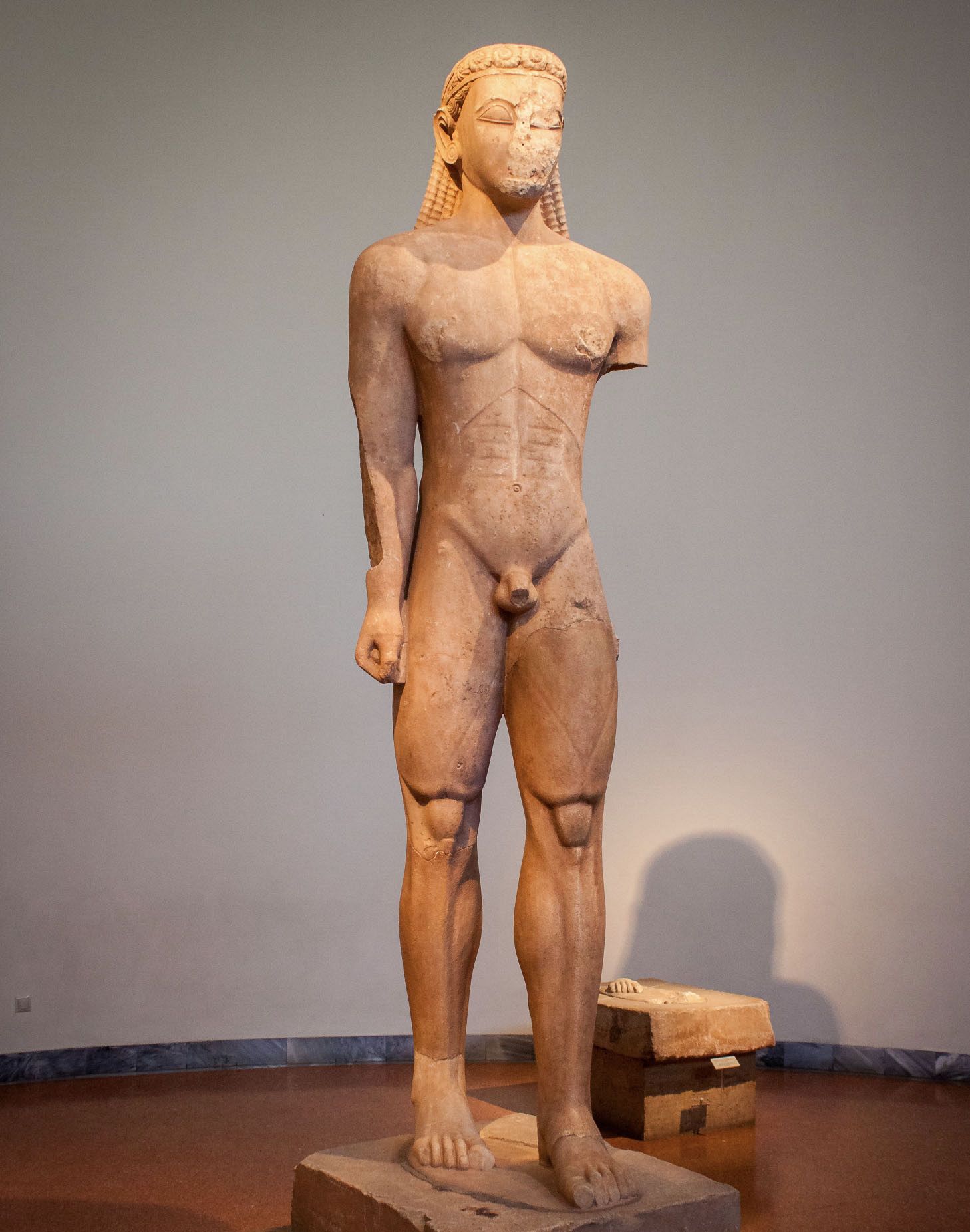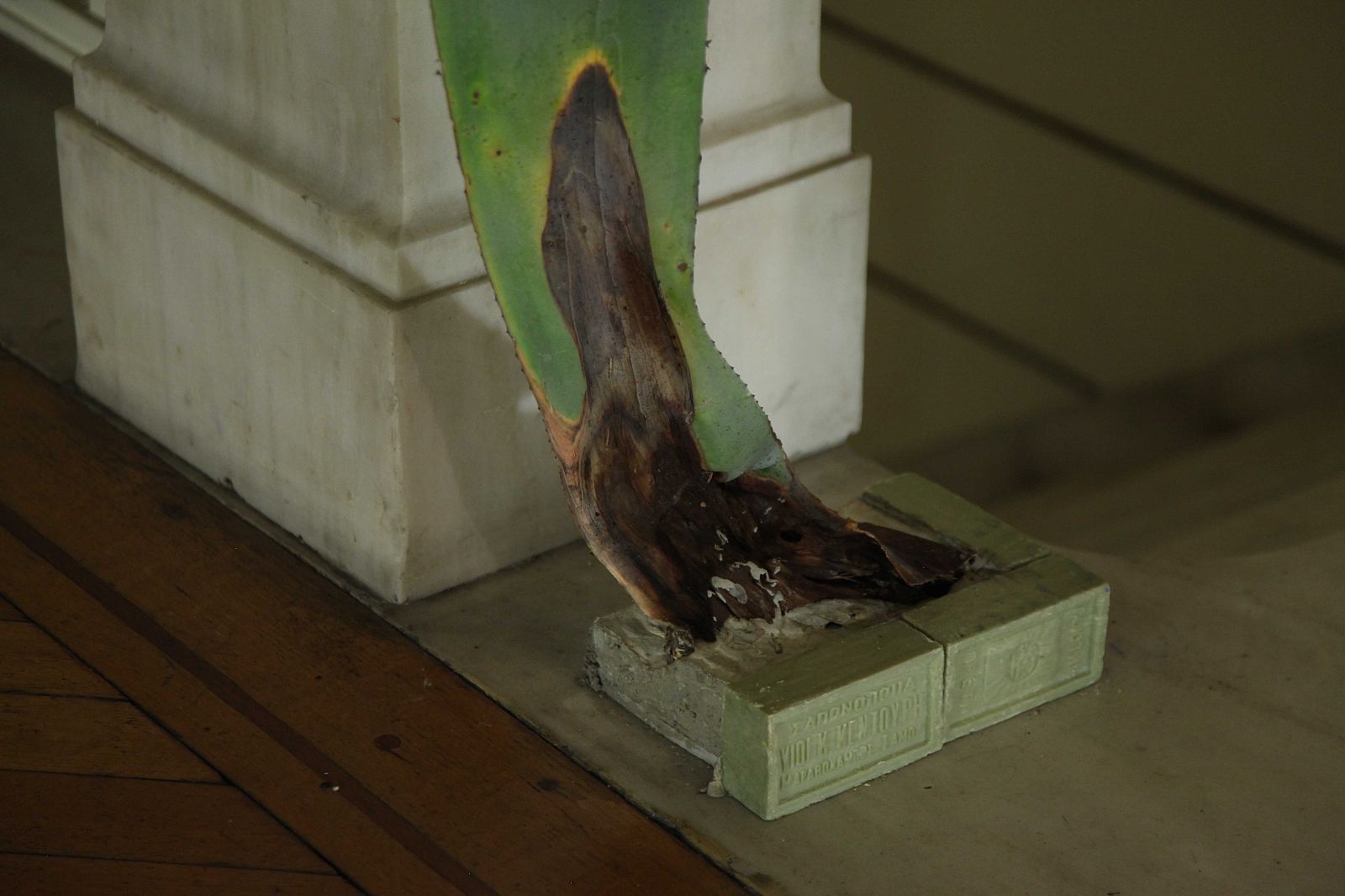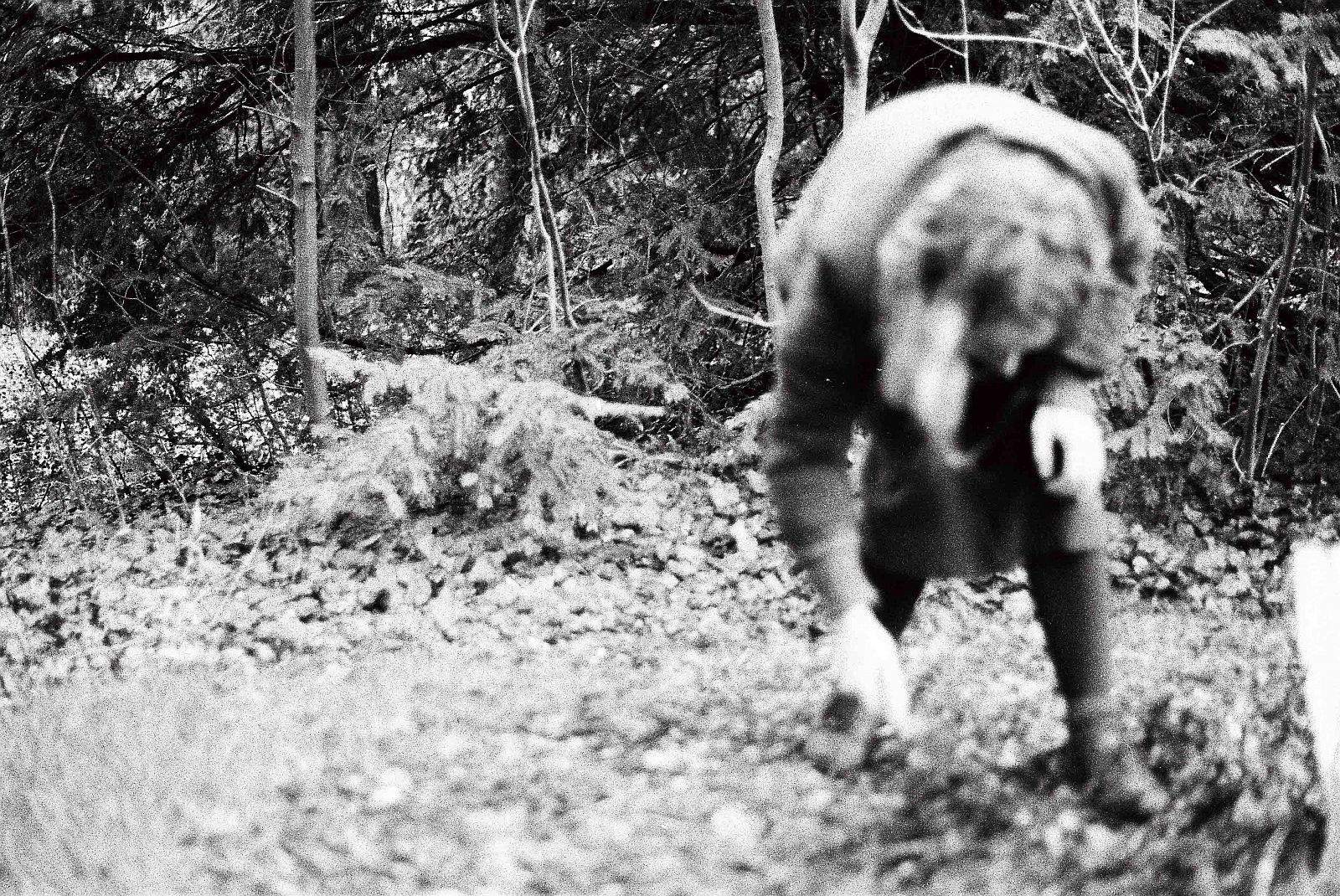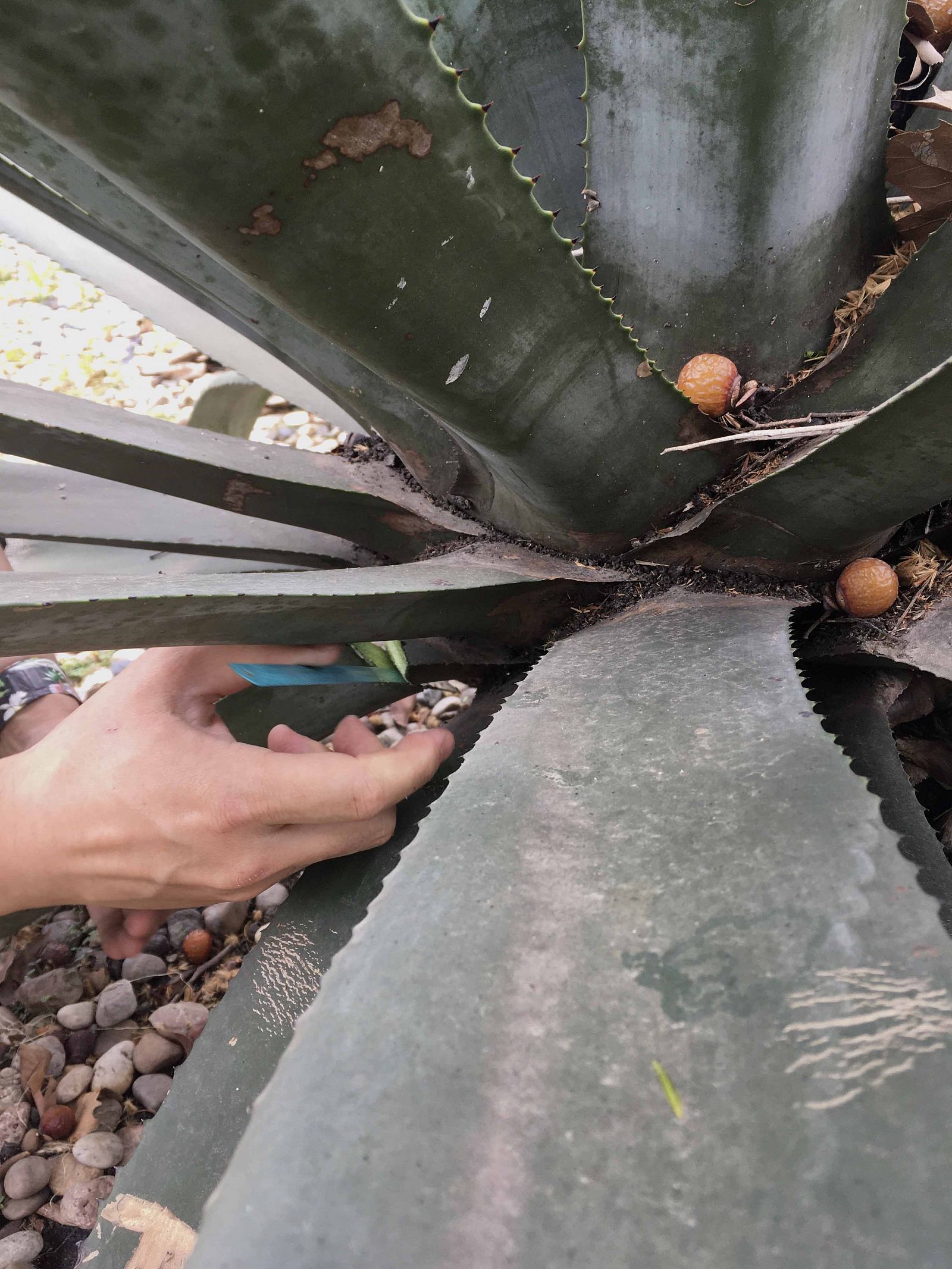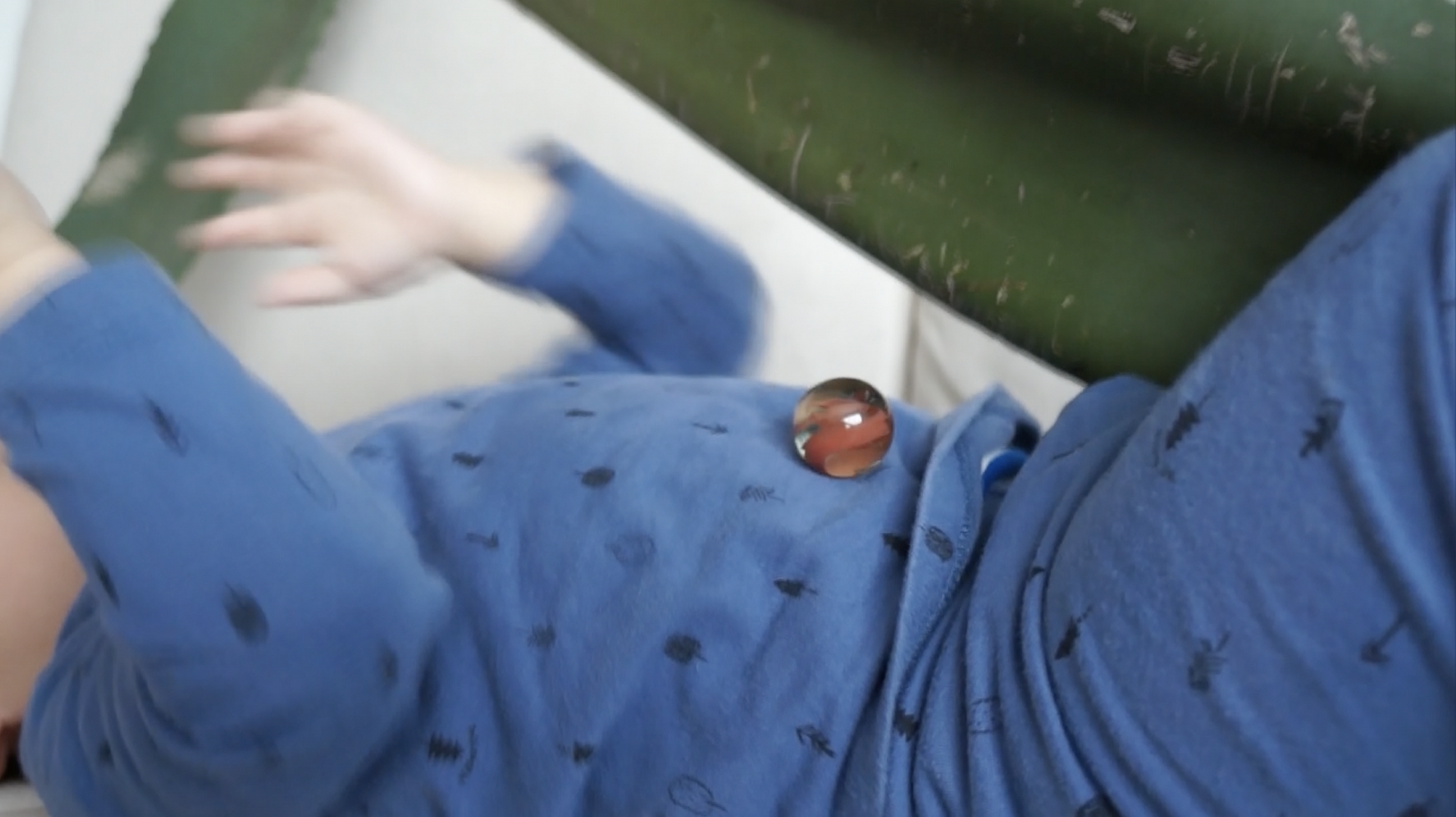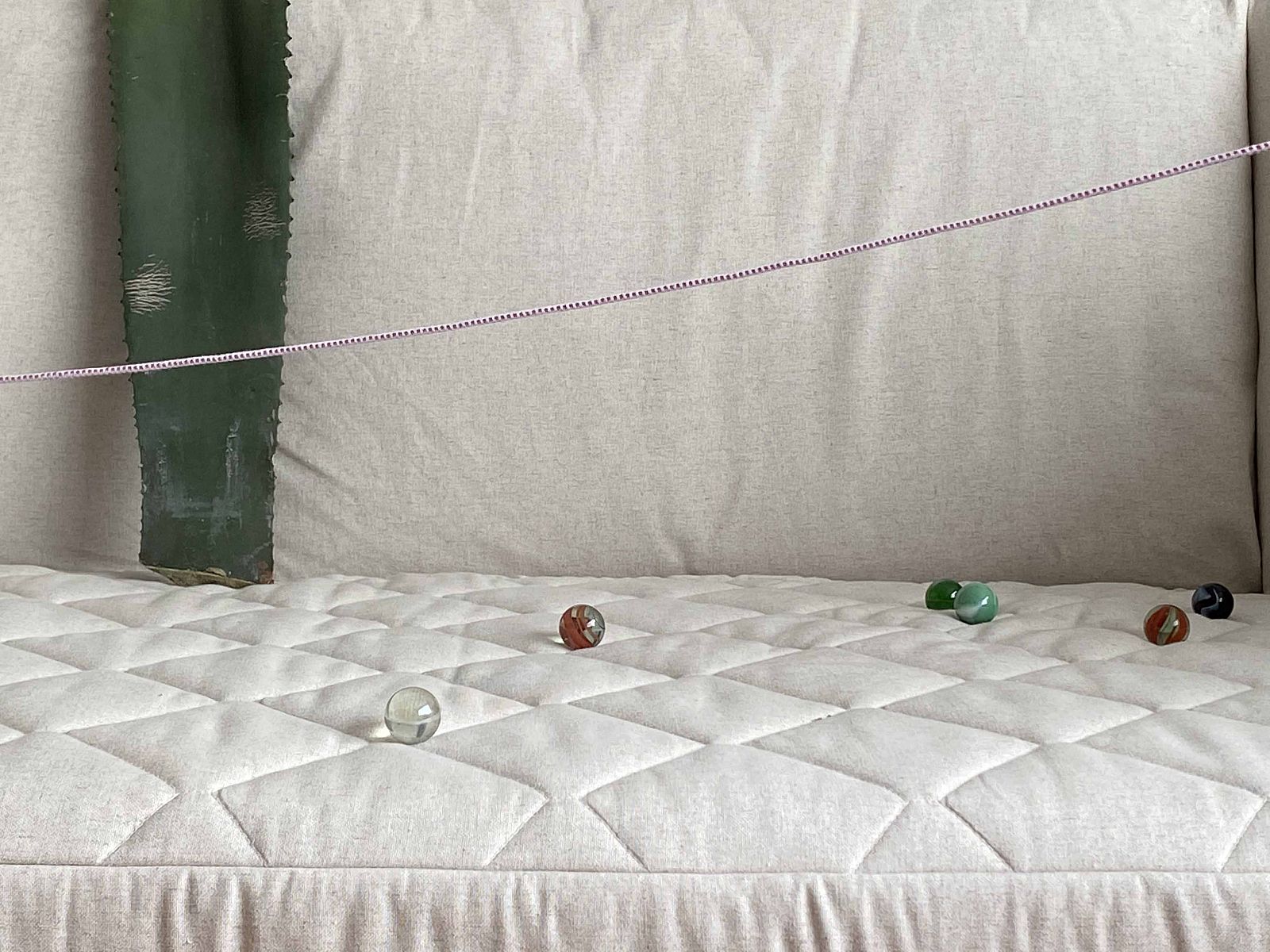I walk along the burning gravel, past row after row of street-side stalls, through an ancient marketplace, and up Mt. Lykavittos. It’s not really a mountain — it’s too low, its slopes aren’t steep. At most it’s a small hill poking up from the middle of Athens. Across from it, rising from among the squat, sturdy, flat-roofed houses, is the only other piece of high ground nearby: the Acropolis. As I wander round and round this city of ruins, burdened with the wisdom and desires of every phase of human life — youth, plenitude, old age — it becomes a place for bodies to linger before awakening from a spellbinding dream. On the steps of the Parthenon, stories join with other stories, bodies link to other bodies.
Everything in Athens exudes the frenzy of youth and the majestic ruins of old age. Two thousand years ago, artists here paid tribute to death with life. Men were depicted as strapping young athletes or soldiers, their robust bodies with sharply chiseled knees a paean to vitality and strength; women appeared modest and rigid, a creamlike elegance visible through the folds of their tight-fitting garments. Their static beauty shows a human predilection for teleology whose origins lie in ancient civilizations — that is, the natural, eventual transformation of the female figure into a wife and mother. She is an ancient ruin whose body is devoured, chewed up, and spat out again on the same plot of land by the greedy creatures around it, until it becomes the backbone of a new living being.
Wending its way up the hill, the path is lined with overgrown agaves that stretch out indecently on either side, their leaves tangled and heaped together. Many of them have peeled off from the stems and now are turning black at the base, slowly dying. The younger leaves have layers of scars left by tourists’ knives, yet still they grow unchecked.
Sounion Kouros! My thoughts turn to that monumental sculpture of a young man, the Kouros from Sounion, standing even now in the Archaeological Museum, not far from here, like a brother to these plants. He too contains the power of rapturous excitement. His body is an object of continual veneration that grows in sinuous lines from the marble, spreading on the ground. A symbol of youth, the Kouros wears no expression on his face, and his limbs show little movement; he’s simply standing. Yet in his missing arm, his slightly advancing foot, and his deeply grooved knees and toes, you can sense the rising and falling of his breath. His exaggerated details call to mind the Tadasana, the mountain pose in yoga. On the surface it looks like a posture of repose, yet every muscle of the body is quietly clenched, all ten toes firmly grasp the ground, the muscles under the shoulder contract, and every joint in the body reaches a state of heightened tension. So too, in a pose of stillness, does the Sounion Kouros embody the utmost dynamism.
I‘m captivated by the interplay of fixity and motion, and I throw myself into any kind of athletic exercise. Again and again I reenact the movements of lifting and carrying: carrying plants, carrying stones, carrying rubbish, carrying an unfinished “black egg,” carrying a “leg” wrapped in bubble wrap. I climb from the hilltop back to the city, climb from the base of the hill to the valley, climb from one end of the exhibition hall to the other; I try out the exaggerated poses of relief sculptures, the warm-up poses of my core training routine, the awkward poses of a beginner. With a razor blade I carve olive soap into a polyhedron, and set it in the knee of the clay statue; I knead the soap and a lump of cement together to provide a pedestal for the coiled agave leaves. I mix the sulfur soap and cement and spread it into the shape of a stone. I carefully wrap the agave leaves and place them in a plastic bag. Ji’er reaches out for the bag. The child has been watching me work for over an hour. I lean in to get at the root of the agave plant, and as I work the saw, the leaf twitches up and down, swaying rhythmically. Soon my arm is covered in scratches from the spines.
In the monsoon climate of the subtropical zone, the inky green tongues of the few agave plants in the botanical garden grow flat and shriveled, like fish dried in the sun. They lack the fullness and luxuriance of Athens and become stiff, withered decorations. Only their spines hint at their destructive power.
A figure takes shape in the clay. She arches her back, twists her shoulders to the side, lifts her left leg up high, or stands very still. I hesitate with the clay, typically because I’m not sure how to seize the tension between repose and motion in my next stroke, or how to embed a feminine pose in a male figure, or press male organs onto a female body. Not the loss of gender but the blurring of gender. Like real-life women seeking to escape the division of genders, these, too, yearn to think like men, to enjoy the same right to speak and the same persuasive charm at the negotiating table, even as they regard their own women’s intuition as a dormant talent.
In the centuries since the archaic Kore statues were made, female figures have broken free from their monotonous elegance: they’re no longer excluded from athletics, hunting, warfare, or any other public activity once reserved for men. Women can excel and find fame beyond their own private domains.
Yet can everything be overcome or denied? How can we step boldly forward, how can we stay firmly in place? How do we survive the tortures of different biological stages? How do we free ourselves from a painfully swollen belly, anxiety-induced insomnia, the fear of looming old age? My limbs and lower back are more swollen by the day, my range of movement gradually decreases. One body usurps another, a tiny body made of flesh takes leave of mine. Flesh, blood, and organs — these gradually grow distinct; hair, breasts, belly — I’m molded into a different self. Broken time and broken limbs detach within a single vessel and drift apart. Organs are reconfigured, and gradually the dull section prepares to separate from my body, and then to rot.
The agave leaves I cut off with a saw sit next to my child’s crib. The liquid seeping from their wounds had already stopped, and they’re propped carefully against the railing and the soft pillows. Death nurtures life across species, languages, and gestures. It’s a gradual, partial, conscious dormancy. My body splits off to produce a new body, and I find that every organ and part has been ordered to take on new functions. At any moment a new finger could grow from my left hand, my shoulders could sprout wings. My body’s boundaries grow blurry — or rather, the thing whose boundaries grow blurry is not just my body. The bed is now the ideal vessel: here there is sleep and waking, resting and rising, motion and stillness, male and female, the living and the dead.
Translated from the Chinese by Allen Young
Based in Shanghai and Vienna, Yu Ji is known for the diversity of her practise, dealing chiefly with sculptures and installations, and also performances and videos. Her current projects have been associated closely with field researches, and an ongoing investigation into specific loci that are charged with geographical and historical narratives. She focuses on ideas created with time, space and movement, usually using the least materials to imbed immateriality and intangibles into material existence.
Allen Young is a translator in Shanghai.
